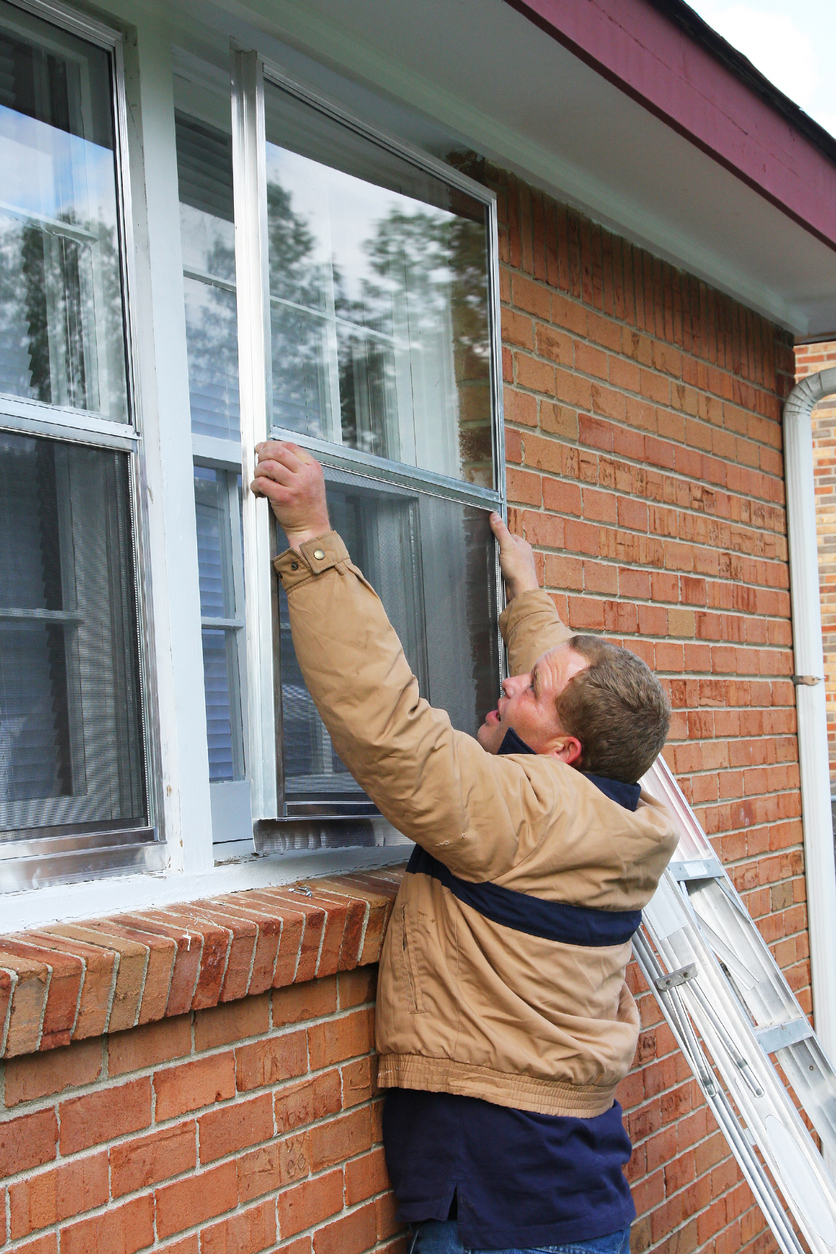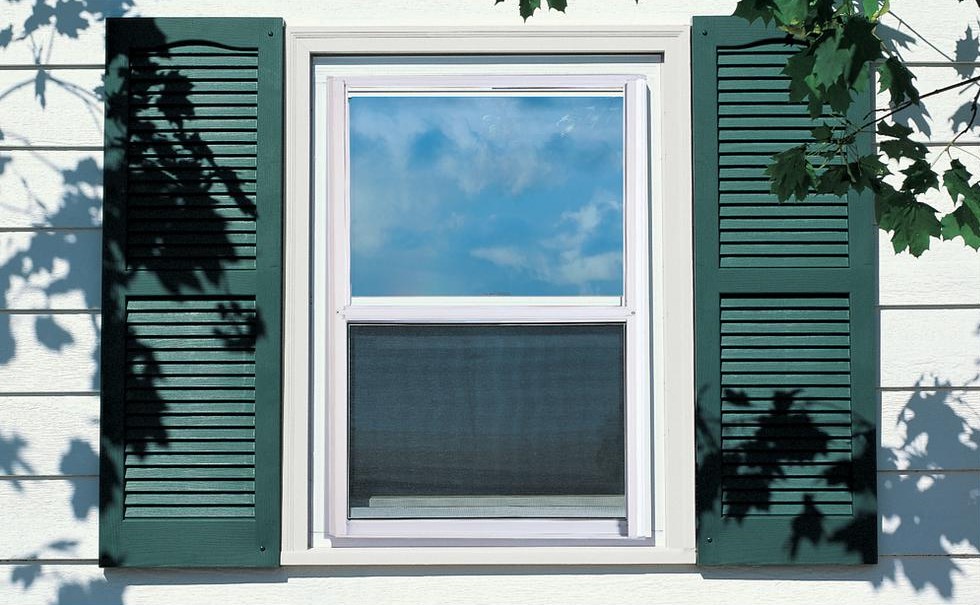We may earn revenue from the products available on this page and participate in affiliate programs. Learn More ›
If your windows let in anything other than a view, you may be thinking it’s time for replacement windows. But not so fast! Consider attaching storm windows to your existing setup to stop those drafts. These installations offer the insulating properties of replacement windows for a fraction of the cost. Some experts even argue that when laid over existing windows in decent condition, storm windows insulate better than replacements do. One group, in particular, has favored the use of storm windows over the years—owners of old houses. Why? Because storm windows allow improved insulation without harming the original windows or, by extension, the home’s architectural character.
1. Storm windows are designed to install outside or inside existing windows.
Choosing between exterior and interior storm windows for your home will depend largely on your priorities for aesthetics and window operability.
- Typical exterior storm windows alter how your home looks from the curb. These enable the homeowner to open and close windows at will throughout the year.
- Interior storm windows, in contrast, are virtually invisible from the exterior and only evident indoors. Intended as a seasonal measure, they seal off the windows they cover for as long as they stay in place (usually a period of months). They’re also much easier to pop into the windows.
2. Whereas interior storm windows comprise a single glass or polymer pane, their exterior counterparts are more complex.
Most exterior storm windows feature either two or three tracks. In a two-track window, the outer track holds a half-pane of glass at the top, a half-screen on the bottom. The inner track, meanwhile, holds a half-pane window, which can be raised (to admit fresh air) or lowered (to keep cold air out and warm air in). Triple-track windows are similar but offer greater options for configuration.
3. Storm window frames are typically made of wood, aluminum, or vinyl.
Many consider wood the most attractive, but such frames require regular maintenance to remain in good shape. Plus, the effectiveness of wood frames can be compromised when they expand and contract with the changing weather. Aluminum frames are lightweight, durable, and low-maintenance, but they insulate less well than the other varieties. Vinyl, which is also low-maintenance, comes in a variety of colors, and that makes it a design-savvy choice, at least compared with aluminum. The downside to vinyl, however, is that over time it becomes brittle and requires replacement.
RELATED: Drafty Windows? Try These 12 Solutions for Every Budget
4. Don’t skimp on quality when shopping for storm windows.
No matter what type of storm windows you decide are best for your home, get the most for your dollar by insisting on some or all of the following features:
- Multiple positioning stops that allow you to modulate the amount of air admitted
- Quality weatherstripping to counteract heat loss
- Predrilled holes to facilitate installation
- Easy-to-clean removable half-pane glass and half-screens
Furthermore, you may wish to consider storm windows fitted with low-emissivity (low-E) glass. This energy-efficient technology helps keep homes cool in the summer and warm in the winter. In addition, low-E can extend the life of fabrics and floor coverings that come into contact with direct sunlight. Low-E glass may be more expensive at the outset, but over the long term, you can expect to recoup the initial cost through month-to-month energy savings over the course of five to seven years, according to the Office of Energy Efficiency & Renewable Energy.

5. Then, follow these tips (and the manufacturer’s instructions) to install your new storm windows.
When measuring for storm windows, measure the height and width of the window to be covered, from inside molding to inside molding, in multiple positions. Use the smallest measurements to determine what size storm windows you need. Caulking and weatherstripping may be used later to fill any small gaps.
Exterior storm windows
Attach exterior storm windows with a flange—that is, a metal flap—that screws into the existing window frame. It’s smart to caulk the point where the flange meets the frame, but take care not to caulk the weep holes. These perform the important role of allowing condensation to escape.
Interior storm windows
Interior storm windows attach in a variety of ways—with magnets or clips, or on tracks. One of the most DIY-friendly models comes with a compressible material (for example, rubber or foam) around its edges: As you work the pane into the opening, the material expands to create a snug, draft-free seal.

